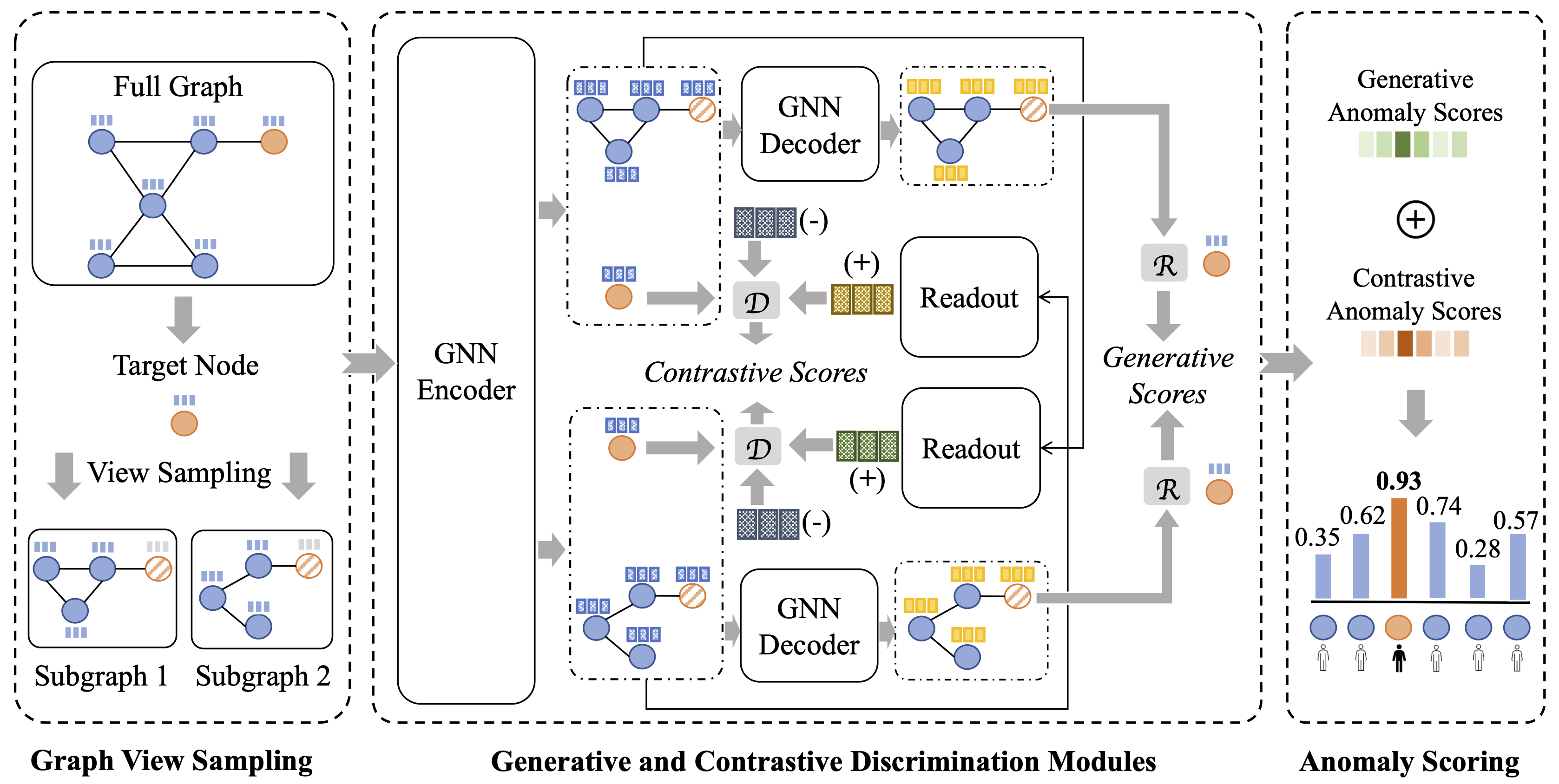Generative and Contrastive Self-Supervised Learning for Graph Anomaly Detection
Anomaly detection from graph data has drawn much attention due to its practical significance in many critical applications including cybersecurity, finance, and social networks. Existing data mining and machine learning methods are either shallow methods that could not effectively capture the complex interdependency of graph data or graph autoencoder methods that could not fully exploit the contextual information as supervision signals for effective anomaly detection. To overcome these challenges, in this paper, we propose a novel method, Self-Supervised Learning for Graph Anomaly Detection (SL-GAD). Our method constructs different contextual subgraphs (views) based on a target node and employs two modules, generative attribute regression and multi-view contrastive learning for anomaly detection. While the generative attribute regression module allows us to capture the anomalies in the attribute space, the multi-view contrastive learning module can exploit richer structure information from multiple subgraphs, thus abling to capture the anomalies in the structure space, mixing of structure, and attribute information. We conduct extensive experiments on six benchmark datasets and the results demonstrate that our method outperforms state-of-the-art methods by a large margin.
PDF Abstract




